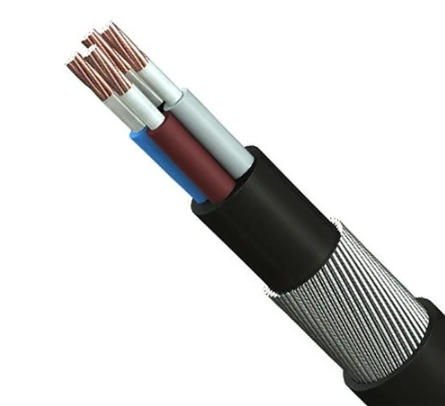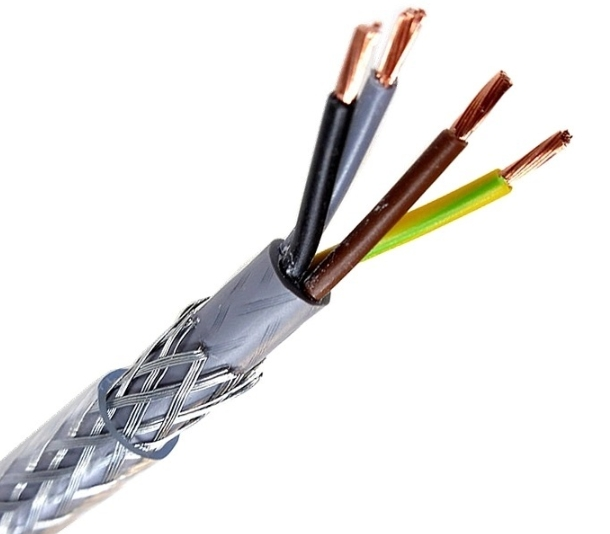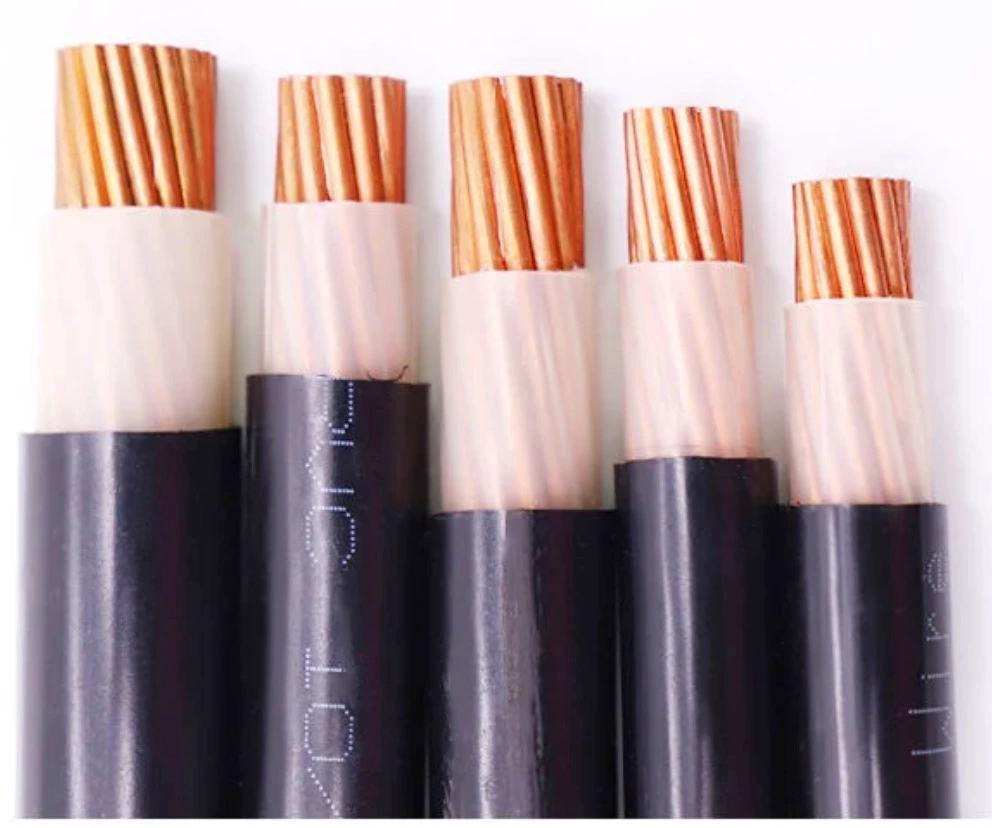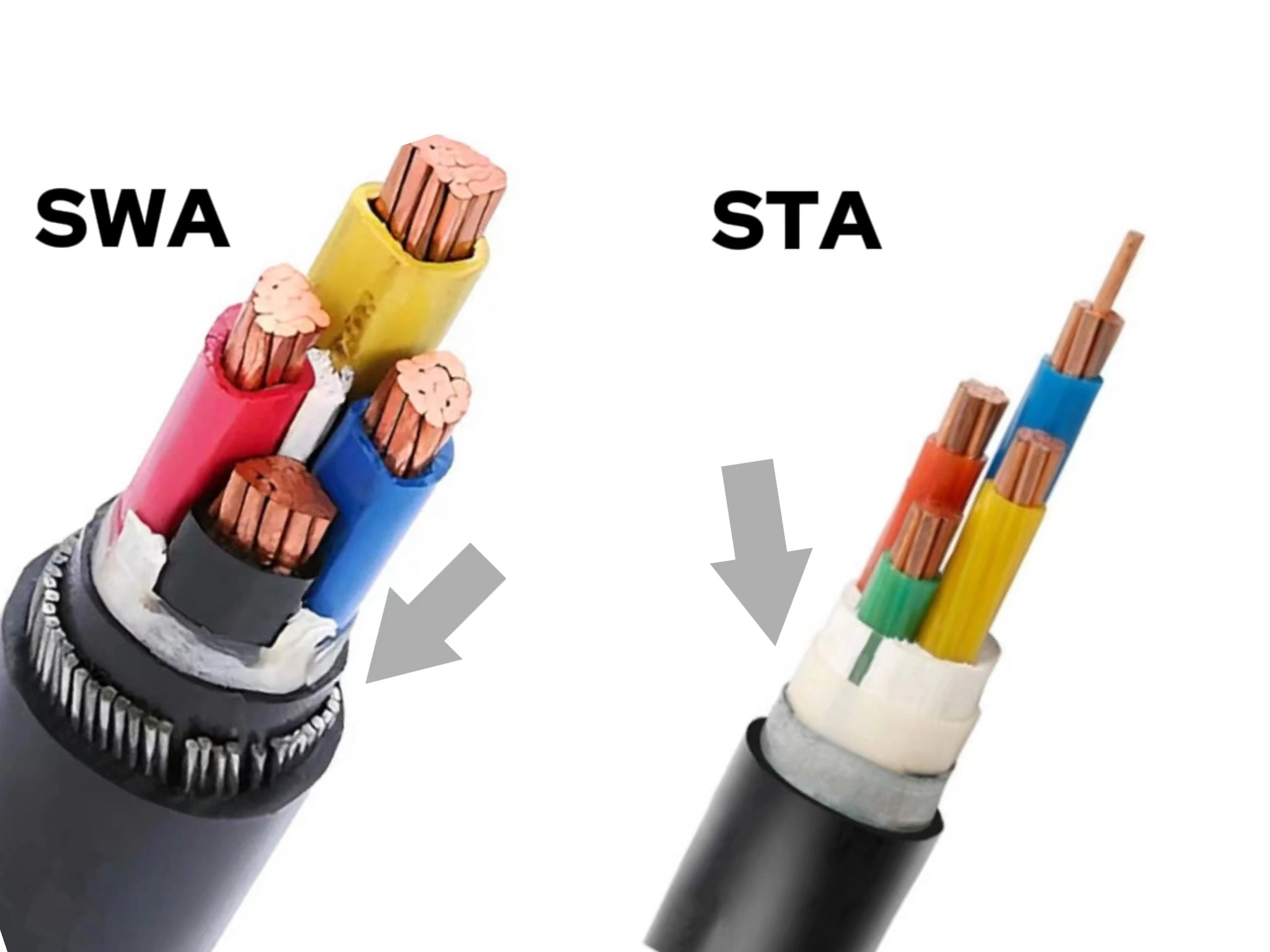Grounding wires, though frequently underappreciated, are fundamental to the safety and functionality of power systems. They are an essential safeguard against electrical risks, ensuring electrical configurations’ secure and reliable operation across diverse settings. This article intends to explore grounding wire definitions, working principles, and specifications. With a well-rounded and insightful perspective, we highlight the importance of their proper integration into electrical systems.
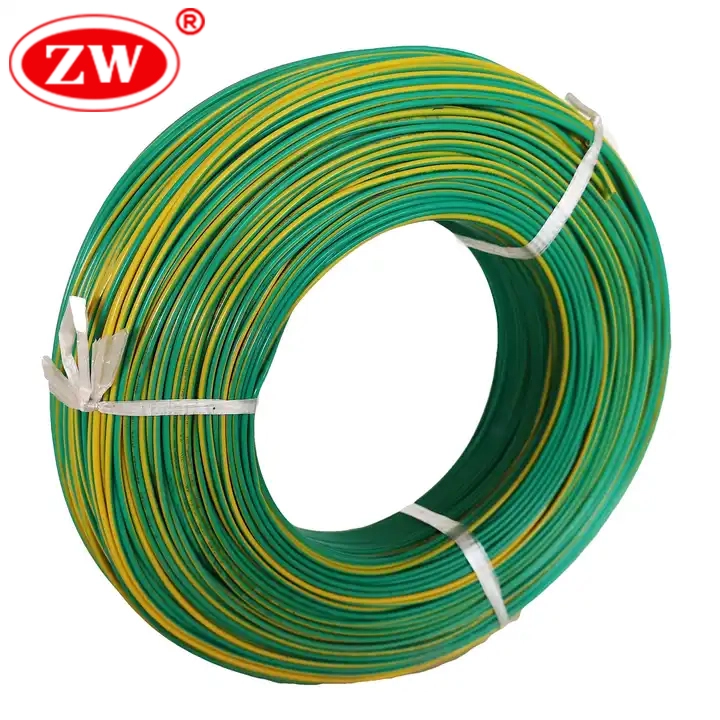
What is a Grounding Wire?
Ground wire, or earth wire, is a critical safety feature of any electrical system. Grounding wire purpose is to provide the lowest impedance path to safely dissipate excess electrical charge to the earth in the event of a fault or overload, which prevents shock hazards, fires, and equipment damage. Ground wires are connected at one end to the metal enclosure of the device and the other end to the building foundation or other valid grounding point.
Some people may confuse the neutral wire with the ground wire, but they serve very different circuit purposes. The neutral wire color usually white or gray, is used to carry the current back to the source after it passes through an appliance or device. The ground wire, on the other hand, is usually a bare or green insulated electrical wire that provides a path for current to flow to the ground. The main difference between neutral wire and grounding wire is that the neutral wire carries current and completes the circuit during regular operation, while the green grounding wire is a safety wire that does not conduct electricity under normal conditions unless the circuit fails.
Grounding wire for house is integrated into various electrical fixtures. In the case of plugs, for example, the ground wire is typically the round bottom prong on three-prong designs. Below we’ll talk about the grounding wire working principle.

How Does a Ground Wire Work?
- Ground cable is connected to the ground bus in the main electrical panel (also referred to as the service panel or circuit breaker box). Often, it’s linked to the neutral bus, a process known as Neutral-to-Ground Bonding. It’s crucial to highlight that this neutral and ground connection occurs only once within the main electrical panel. Beyond this point, in all sub-panels or circuits, the neutral and ground wires are separate or parallel.
- The grounding cable then extends to individual circuits, connecting to metal enclosures and components that don’t carry current. When all parts function correctly, the current flows through the hot wire to the equipment, energizing the appliance or electronic device, and then the current returns to the source via the neutral wire to complete the circuit.
- In the event of a failure, such as when the metal casing of the electrical device inadvertently contacts hot wire, electrical energy can accumulate in the internal wiring and the external metal casing, creating a dangerous situation similar to electrostatic breakdown. At this point, the ground wire steps in to provide another low-resistance path for the accumulated energy, quickly directing the current to Earth (which is like a vast charge pool capable of absorbing an almost infinite amount of current.). As a result of the sudden change in current direction, the total current in the circuit will surge, triggering the circuit breaker (or fuse) to cut off the power source, i.e. what we call tripping.
Therefore, the grounding wire works by providing a path to safely dissipate stray electrical energy and to trigger circuit breakers. However, will any wire work for grounding?
Can Any Wire Be Used as A Ground Wire?
Not all wires can be used as ground wire. Specific standards must be met for a wire to qualify as a grounding conductor. The ideal grounding wire is made of highly conductive materials like copper or aluminum, which offer excellent electrical conductivity. Using inappropriate materials for grounding can compromise the effectiveness of the grounding system and pose safety risks.
Grounding cable types such as bare copper and insulated copper wire are commonly used. The outside ground wire is usually bare copper or green 6 thhn connected to a grounding rod or electrode driven into the earth outside the building. Bare copper has very high conductivity and someone may wonder is a bare ground wire dangerous. The answer is that bare copper wire is not dangerous as long as it does not contact with energized conductors; what matters is proper installation and maintenance. Insulated grounding wires (both solid ground wire and stranded ground wire ) are offered in various sizes for different applications. As far as the gauge copper wire for grounding is concerned, the standard grounding wire size for residential is 14 or 12 gauge. For larger electrical service entrances (like those feeding the entire house), the ground wire should be at least 6 gauge or 8 gauge.
Furthermore, in many jurisdictions, the grounding wire color shall be green or green with a yellow stripe to clearly distinguish it from the live (hot) and neutral wires in the electrical system. Below, let’s check out why grounding is so important.
Why Does Cable Need to Be Grounded?
The grounding of cables is crucial to the safety, reliability, and overall performance of an electrical system for the following reasons:
- Overload Protection:: When power is restored after a power outage, it can cause wires to overheat due to a sudden spike in voltage, known as a power surge, and high-powered appliances such as refrigerators and air conditioners operating during the surge can further increase the current in the wires. As a safe overflow channel, the ground wire can effectively prevent the wire from melting or even burning.
- Lightning Protection: When a lightning strike occurs, the grounding system safely directs the lightning discharge to Earth. This prevents the electrical surge from traveling through the building or electronic devices, thereby mitigating potential damage and safeguarding the integrity of the structure and equipment.
- Static Dissipation:: Have you ever experienced a mild electric shock when touching an appliance in your home? This is often due to static electricity. In certain environments, such as those involved in manufacturing or handling flammable materials, static buildup can be a serious hazard, and grounding systems can help dissipate static electricity and reduce the risk of fire and explosion.
- Faster Transmission: Power and ground wire establishes a direct, seamless path for electricity to flow, enabling instant on/off functionality. For example, if you plug in a vacuum cleaner and toggle the switch, the current will immediately reach the outlet without any hiccups or power drops.
- Stabilizing Signal Levels: For electronic equipment, especially those dealing with data transmission or sensitive measurements, coiled grounding wire can help reduce electromagnetic interference and electrical noise, stabilize signal levels, and thus improve equipment performance.
All in all, grounding’s benefits are to protect electrical equipment from potential damage from electrical faults, surges, and lightning strikes, help stabilize voltage levels, and reduce safety risks. In addition, grounding extends the lifespan of equipment, thus reducing future future repair or replacement costs. So, what are the dangers if you don’t ground your electrical cable?
What Happens if Ground Wire is Not Connected?
The absence of ground cable can pose significant threats to both the electrical system and individuals. Without the earth cable, there is no safe path for fault currents to dissipate into the earth, causing dangerous voltage buildups in the wiring and appliance frames. If we touch the exposed metal part/frame of the appliance, the electricity can flow through our body to the ground, causing lethal electrocution. And the excess current caused by short circuits and overloads cannot be safely dispersed either, significantly increasing the risk of electrical fires, property damage, and personal injury. Improper grounding or the earth wire not correctly connected to the neutral wire can also lead to similar dangers. When we connect home ground wire, some ground wire connectors can used for assistance, such as grounding clamps and grounding wire nuts.
Conclusion
In short, grounding wire is essential safety protection. They play a vital role in preventing electrical hazards such as electrocution, fire, and damage. Every electrical system must have a good ground connection, but not every wire can be grounding wire. Have questions about grounding your home or want shopping deals? ZW Cable can help.



